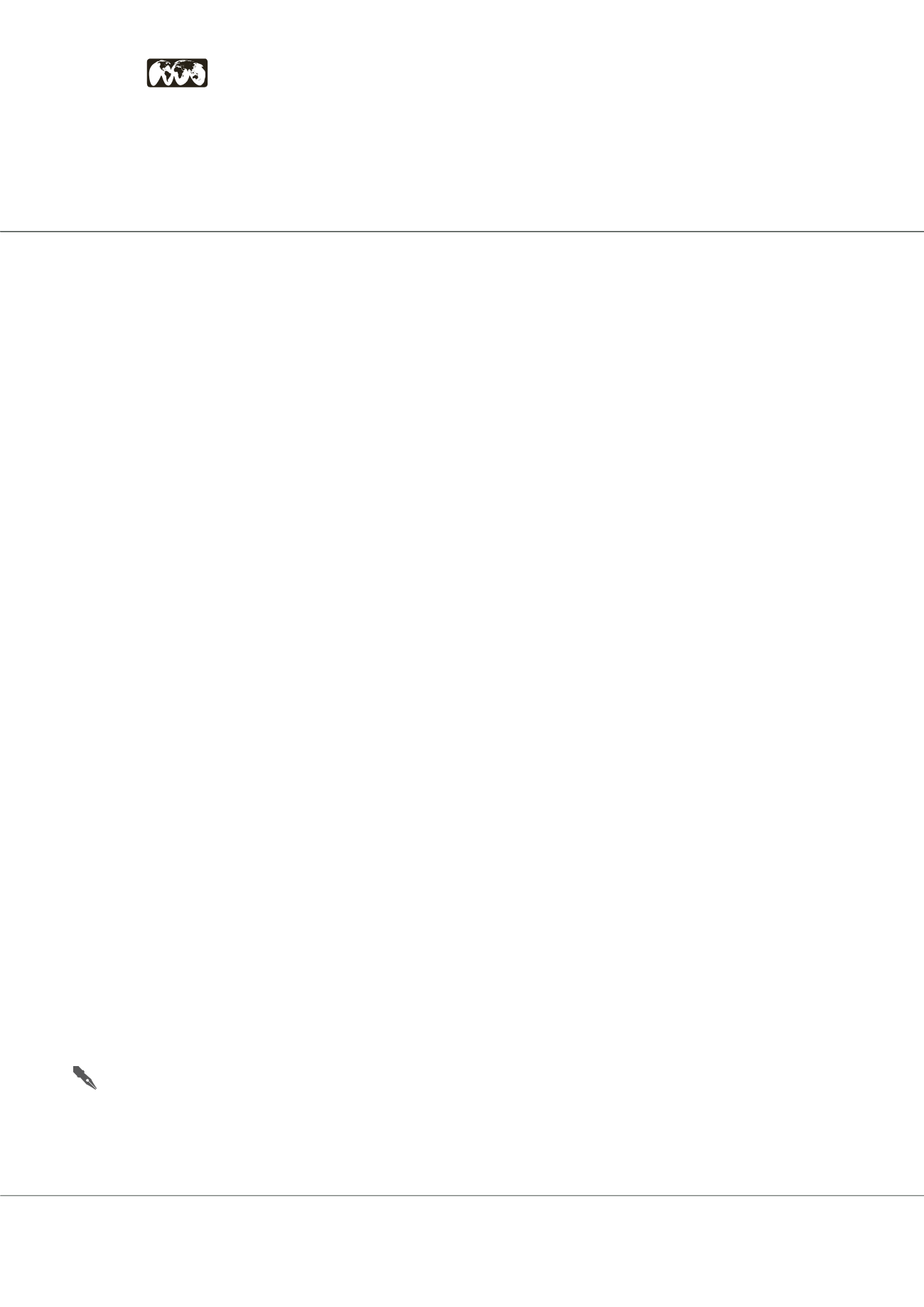

Page 13
Notes:
allied
academies
Journal of Clinical and Experimental Toxicology | Volume: 2
December 03-04, 2018 | Dubai, UAE
International Conference on
6
th
International Conference on
Toxicology, Clinical Toxicology & Pharmacology
Recycling & Waste Management
Joint Event
&
Management of Viper bites in Europe
Luc De Haro
Marseille Poison Centre, France
S
nakebites are a major public health problem in a number of
African, Asian, and Latin American countries, and thousands
of deaths are reported every year. By comparison, this risk of
venomous snakebite is much lower in Europe, where native
species are less dangerous and the number of snakebite cases
is low (1,2). Several species of vipers of the genus
Vipera
,
Macrovipera
or
Montivipera
live in Europe.
Vipera berus
,
V.ammodytes and V.aspis are the 3 species which cause the
highest number of human envenomations in this continent
(3). Recent epidemiologic studies based on a meta-analysis of
medical literature showed that with a population of 750 million
inhabitants, Europe (including European regions of Turkey and
Russia up to the Caucasus and Ural Mountains) records 7500
cases of snakebite per year. Approximately 1000 of these bites
are associated with signs of severe envenomation requiring
prolonged hospitalization. Fewer than five deaths are recorded
every year in the old continent. In spite of these reassuring
findings, several recent studies have been carried out in Europe
and have allowed development of specific treatments and
protocols for management of envenomed victims (1, 2, 3).
As the clinical features of viper envenomation are relatively
homogenous through Europe, the gradation table published in
1992 by the Pasteur Institute of Paris is considered as pertinent
for evaluating the viper bite severity at the continental level (1).
Speaker Biography
Luc De Haro is a clinical toxicologist working in the Marseille Poison Centre where he is
the head of the Toxicovigilance unit specialized in the management of patients poisoned
or envenomed by natural toxins (Mushrooms, plants or animals toxins including marine
toxicology).
e:
luc.deharo@ap-hm.frLuc De Haro
, Toxicology 2018, Recycling 2018, Volume 2
DOI: 10.4066/2630-4570-C1-002
















